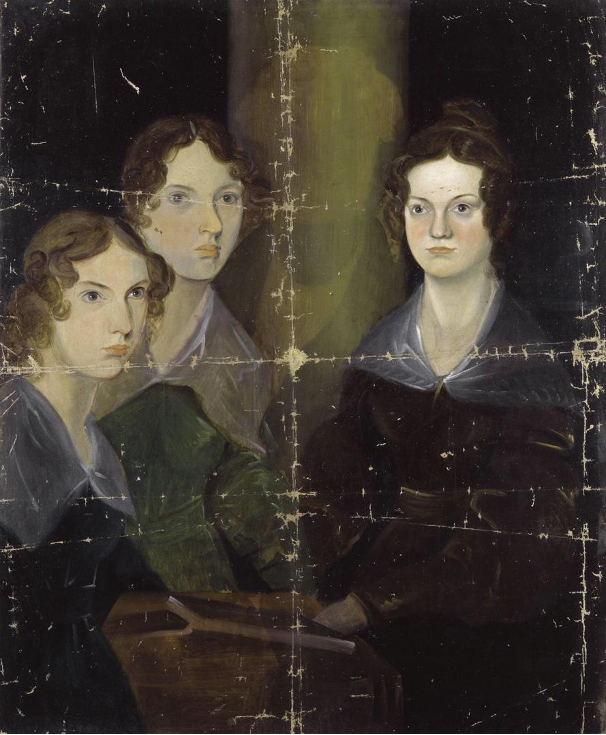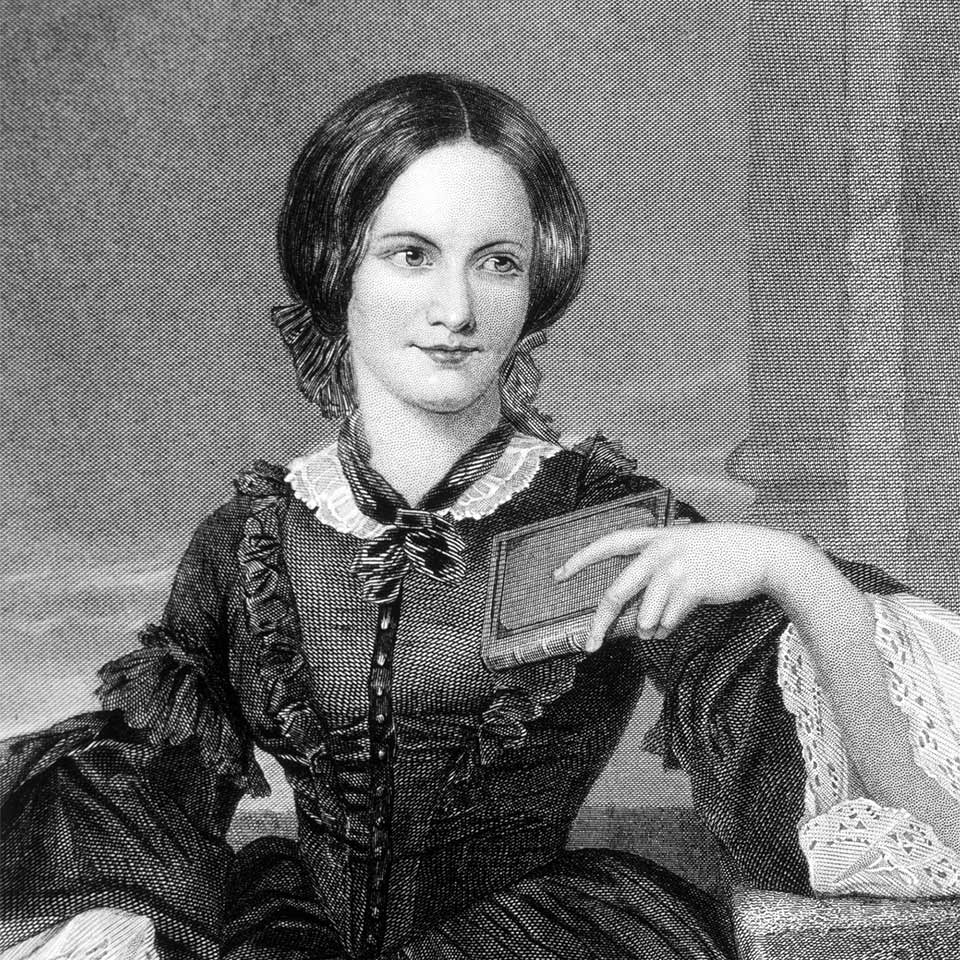The Brontë sisters - Charlotte, Emily, and Anne - were 19th-century English novelists whose works have become literary classics. They were born in the early 19th century in the remote village of Haworth, Yorkshire and led fairly isolated lives. They faced hardships and tragedy in their personal lives, including the early loss of their mother and two sisters but, despite this, the Brontë sisters crafted some of English literature’s most beloved novels including Jane Eyre, Wuthering Heights, and Agnes Grey, which were ground-breaking at the time.
Jump to:

Early Life
The Brontë sisters grew up in a creative and intellectual family. Their father Patrick worked as a clergyman (priest) while their mother, Maria, focused on creative pursuits before her early death in 1821. The Brontë children — Charlotte, Branwell, Emily, and Anne — spent hours reading and writing stories together as a means of escape from their isolated world.
As children, they were highly influenced by Romantic poets as well as Sir Walter Scott, Byron, and Gothic fiction. Charlotte showed particular academic promise from a young age, though all three sisters were recognised for their intelligence and talent for storytelling. At age 8, the eldest sisters, Charlotte and Emily, were sent to Clergy Daughter’s School (a boarding school with poor conditions that may have influenced the harsh institution depicted in Jane Eyre). The difficult experiences at school didn’t, however, dampen Charlotte’s ambitions as, at age 14, she wrote passionate letters to famous poets asking for criticism of her work.

Charlotte Brontë
Charlotte Brontë (1816-1855) was the longest-lived and most commercially successful of the Brontë sisters. Following the publication of her now-classic novel, Jane Eyre, in 1847, Charlotte finally achieved literary acclaim after years of struggling financially.
Jane Eyre broke new ground in the Victorian literary scene through its passionate portrayal of a defiant heroine who challenges female expectations. The novel recounts the romance between Jane Eyre, an intelligent and self-sufficient orphan, and Mr. Rochester, an older, brooding but fascinating man. Set in the gloomy Thornfield Hall, the Gothic-Romantic work fuses elements of suspense, social commentary, tragedy, and morality. While it was considered controversial at the time, Jane Eyre established Charlotte's reputation as a provocative and influential voice.
She also wrote three other novels - Shirley, Villette, and The Professor, along with many poems.
Unfortunately, her personal life wasn’t as optimistic. She lost her mother and all but one sibling at a young age and had to cope with the alcoholism of her brother, Branwell.
Emily Brontë
Emily Brontë (1818-1848) was the second oldest sister and she wrote just one novel - Wuthering Heights - in her brief 30 years of life. It was published in 1847 under the pseudonym Ellis Bell and received polarising reviews from readers because of its depiction of mental and physical cruelty.
The novel is about love, revenge, and redemption that unfolds over two generations and is written in a very unrefined style. She explores themes of abuse and darkness with a creative blend of Gothic and Romantic elements, which make this novel distinct from other Victorian works of the time.
The same year “Wuthering Heights” was released, Emily watched her siblings Charlotte and Branwell succumb to illness. She also contracted tuberculosis soon after and passed away at the age of 30, just one year after her singular masterpiece was introduced to the world for future generations to admire.
Recommended for you!
Best SellersAnne Brontë
Anne Brontë (1820 - 1849) is one of the lesser-known sisters and although she only lived for a brief 29 years, she had an impactful life. One of Anne's most notable contributions to literature is the novel "The Tenant of Wildfell Hall". It was published in 1848 under the pseudonym Acton Bell and was a ground-breaking piece that challenged societal norms by addressing issues of alcoholism and the constraints of marriage. The novel revolves around the protagonist, Helen Graham – a woman seeking independence in the face of a suffocating marriage.
This theme of morality and the status of women was popular in Anne’s work. Another example is her semi-autobiographical novel “Agnes Grey” in which she portrays the challenges faced by governesses and the harsh realities of 19th-century employment for women. She tackled subjects that were often considered taboo but it was her desire to address uncomfortable truths and challenge the norms that marked her as a pioneer in Victorian literature.
Branwell Brontë - The Brother
The Brontë sisters also had a brother, Patrick Branwell Brontë (1817-1848). Like his sisters, Branwell was also creative and intelligent and showed promise as a writer and artist. However, he failed to maintain a secure job and as an adult struggled with alcoholism and drug addiction. Instead, he watched his sisters achieve acclaim one by one and would express his frustration and sadness in drunken emotional outbursts at their home in Haworth. In his final years, Branwell was diagnosed with tuberculosis and died suddenly at the age of 31.
If you're curious to learn more about the Brontë sisters, consider enrolling on our accredited diploma course, "An Introduction to the Brontës” for just £29, where you’ll uncover the lives and writings of these remarkable sisters and gain a better understanding of their impact on literature.













